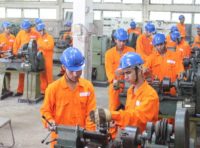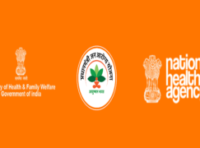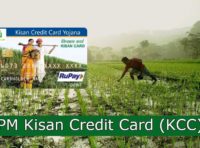In India, around 57 percent of the total 140.30 million hectares that are cultivated constitute of rainfed areas. However, rain-feda areas gather around them a negative connotation – of them being low on productivity. Though such rain-fed areas are also low of the input of resources, the lack of returns definitely does not appease a farmer on the cusp of poverty gasping for some economic respite.
In the face of climatic upheaval, weather happens to be one of the most unpredictable phenomena. It rains when it is not supposed to and doesn’t when it is supposed to. The appropriate onset of weather is crucial to growing yields of the highest quality. Any irregularity in weather change leads to crops being affected and farmers losing out on a whole lot of money, which is necessary to get them a livelihood.
It is not surprising, therefore, to know that most farmers who cannot afford advanced methods of agriculture tend to resort to rain-fed agriculture, which eventually creates this vicious cycle of poverty.
The Government of India, having acknowledged the troubles of farmers who rely on rainfall for their produce, have extended support through the National Watershed Development Project for Rain fed Areas or the NWDPRA.
What is the NWDPRA?
Launched in 1990-91, the National Watershed Project for Rain fed Areas was based on the two essential pillars – integrated watershed management and sustainable farming systems. The scheme is proposed to treat the overall area of 2.25 million hectares. The estimated cost for this treatment is expected to be roughly around ₹1030 crores.
Some of the most basic objectives of the NWDPRA
Broader objectives of the NWDPRA are:
- Development and sustainable management of natural resources
- Enrichment of agricultural productivity and finding means of production in a sustainable manner
- Restoring the ecological balance in fragile rain fed ecosystems by incorporating an appropriate blend of trees, shrubs, and grasses.
- Mitigating the geographical disparity between rain-fed and irrigated regions.
- Creation of sustainable employment options for rural communities including those who are landless.
What are the guiding principles the scheme follows?
The scheme follows a definite sequence of activities that are specific to certain areas and changes from area to area. The situation depends upon the level of land degradation and the current farming system in use.
What activities are undertaken by the project?
The scheme undertakes various activities that make sustainable farming practices more of everyday practice. This sets the routine for farmers in the right direction and in the long run promises them a higher yield, thereby stabilizing their dwindling finances.
Some of the activities undertaken by the project are:
- Treatment of land for soil fertility and moisture retention. Certain activities are also aimed at biomass production like afforestation, horticulture, and pasture management.
- Treatment of arable lands for enhanced in-situ soil and conserving moisture to increase the production of crops through efficient cost-effective, sustainable, and reliable cropping strategies with the use of minimum resources.
- Development of aquatic resources and improving the recharging process of underground aquifers.
- Improving the social status and the standard of living of watershed reliant farmers.
- To increase the average income of the farmers small and marginal through increased employment
Which agencies have taken the initiative of implementing the NWDPRA?
Currently, there are various agencies looking into the implementation of the project. Different states tend to implement the strategy using departments. Hence, different departments have different district level offices.
Each state can have a nodal department at district levels to carry out the overall management and supervision of the programme.
In conclusion
A conversation of rainfed areas is essential as it is also one of our most revenue-generating avenues. Not only would it help farmers from all across the nation, but it would also help grow the economy, which is largely dependent on positive agrarian outcomes.
In times like these, when nature seems to take a toll for all the filth we threw into it, the farmers are the ones facing a major brunt of the affair. However, with the right intervention strategies, it only gets better for them.
The scheme is aimed at creating awareness and educating farmers about the right methods to increase productivity and how to go about gaining the most out of climatic irregularities. There always is a way around with unseasonal occurrences and the farmers when studded with knowledge become self-reliant agents in producing crops that are of value.
This way they have an equal shot at creating a livelihood for themselves and finally breaking out of the vicious cycle of poverty they ever-so-often find themselves in. Not only would they increase their yield but they would also resort to more advanced methods of farming which yields them better crops. And for a country with a primary economy structure, this does sound to be a great strategy.


![[Apply] MEITY Cyber Surakshit Bharat Training Calendar, Course List, Online Nomination Process, Registration Dates | Digital India Training Management Information System](https://sarkariyojanas.com/wp-content/uploads/2021/07/Cyber-Surakshit-Bharat-840x560.jpg)





